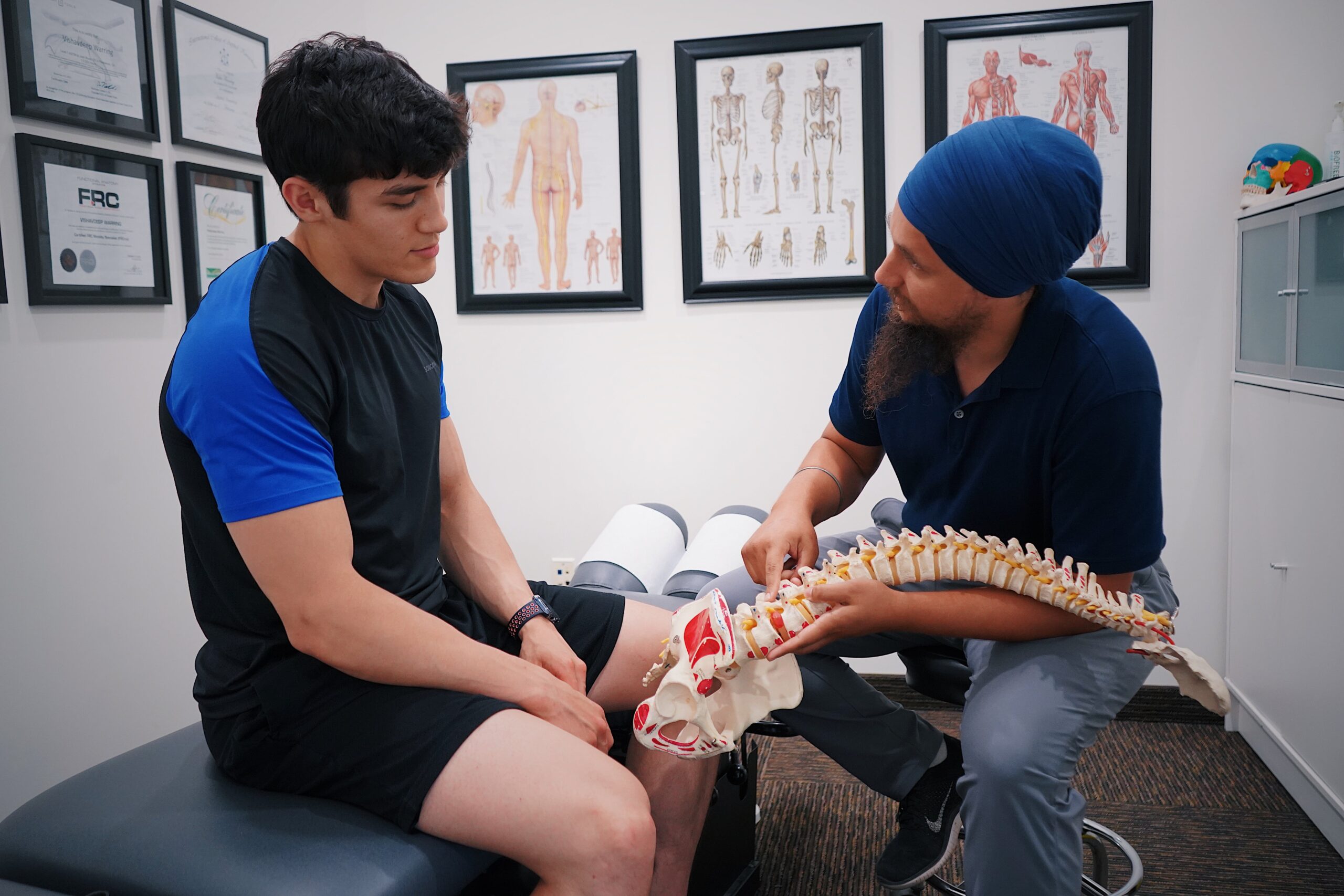Spinal injuries are common in accidents and can significantly impact your life. You may incur high hospital bills and stay off work for months if you do not get disabled. If the accident resulted from the negligence of another party, you can file a claim and seek compensation for the damages. However, you need the services of a skilled attorney to get suitable compensation. Moreover, understanding the signs of spinal injuries helps seek prompt medical attention. Here are some that you should know;
1.Loss of sensation
Spinal injuries may lead to a loss of sensation below the injured part. This can lead to numbness and is associated with damage to the spinal cord. When the spinal cord is injured, this may affect the communication between the brain and certain body parts, leading to various sensory impairments.
Severe injury results in a widespread impact on sensation and motor function. You may be unable to follow up on your compensation claim. But a Tulsa Spinal Cord Injury Lawyer can guide you in filing the claim and handling everything on your behalf.
2. Motor function impairment
You may have a partial or complete loss of motor function below the affected area. This may sometimes lead to difficulties moving your legs and hands or paralysis.You may also experience reduced weakness in the muscles, affecting certain movements and activities. Spinal cord injuries will also lead to impaired coordination, which may result due to disruptions in signals between the brain and muscles.
3. Loss of bowel control
Spinal cord injuries can affect the nerves responsible for bowel and bladder functions. This can lead to incontinence or difficulty controlling these bodily functions. Injuries higher up on the spinal cord, like those in the thoracic or cervical regions, will likely affect the muscles and nerves responsible for bowel control. Moreover, conditions like neurogenic bowel can arise, characterized by issues such as constipation and incontinence.
4.Pain or discomfort
After a spinal cord injury, you may experience pain, tingling, or an unusual sensation on the injured part. The types of common pains associated with spinal cord injuries are;
- Neuropathic pain:This type of pain results in nerve damage and manifests as burning, tingling, or shooting sensations.
- Musculoskeletal pain:Spinal cord injuries can lead to changes in muscle tone and function. This can lead to muscle spasms, stiffness, or weakness.
- Visceral Pain:Damage to internal organs can cause visceral pain. For instance, injuries affecting the abdominal or pelvic organs may result in pain.
5.Breathing difficulties
Spinal cord injuries can significantly impact your respiratory functions, leading to breathing difficulties. Once injured, the signals between your brain and body parts may be disrupted, impairing respiratory function.
The extent of breathing difficulties depends on the level and severity of the injury. If the injury is higher, the greater the impact on your respiratory system.
Conclusion
Spinal injuries exhibit various signs, and seeking immediate medical attention helps avert severe impacts. After incurring such injuries, it’s best to work with an experienced attorney to help uphold your rights and seek the rightful compensation.
